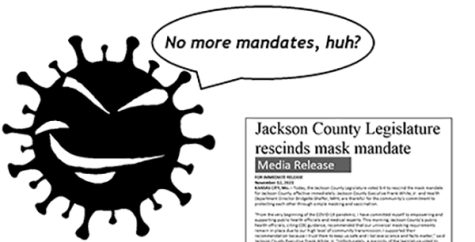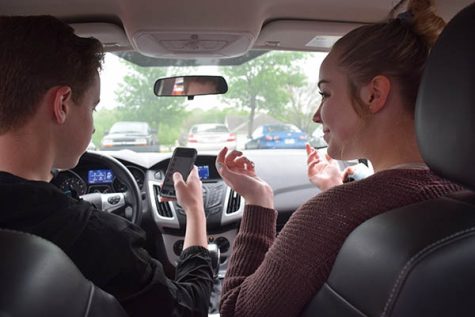Get into money saving habits now
September 22, 2017
In school, students start making their own money, and with that, have the freedom to spend it how they choose.
185 responses were received when a survey on teen money spending was sent out among South students.
About 47 percent of students said that their money is mostly spent at fast food places and/or restaurants. Meanwhile, 14.5 percent said their money is spent at gas stations, 25.9 percent said retail, and 12.4 percent replied with other.
Students were also asked how often they spend money at these places. 14.6 percent said that they do it daily. Meanwhile, 64.3 percent replied with weekly and 21.1 percent replied with monthly.
About 4.3 percent spend about dollars per visit, 36.8 percent said they spend 5-10 dollars per visit, 25.4 percent replied with 10-20 dollars, 14.6 percent replied with 20-50 dollars, and 14.6 percent replied with 50 dollars and higher.
The last question asked what South students mostly spent their money on. The students were able to check off their top items. 27 students checked off coffee as one of their options, 102 checked off food, 27 replied with candy, 50 students replied with drinks, 51 students checked off clothes, 22 checked off shoes, and 31 students picked other. Students were also asked to specify in the “other” section, and the top 3 responses for that were gas, video/computer games, and entertainment/activities.
As far as money spending goes, teens tend to have a reputation for not being very smart about it, that we blow too much money on little things that don’t matter. According to our survey, nearly half of South students spend their money on just fast food. Maybe we should break this stereotype and start thinking more about the way we spend our money. Building good money spending habits is important. We should make sure money isn’t wasted on little things, and we have more money to spend on bigger purchases that we may really want or need.
Try to save when shopping. Look for the best value items, lower prices and even use coupons. In addition, you can even go online and find even lower prices. It’s also good to sometimes wait to buy an item until it goes on sale.
Make a smaller budget for yourself when you are able to. If possible, it’s a smart approach to spend less. An example would be instead of spending $25 on a restaurant dinner, you could limit it to just $15, and have $10 to add to your savings and spend on something bigger or more important.
Avoid buying on impulse. Go to the store with a specific list of items that you need. That way you can get what you need, and hopefully avoid spending too much money on things you don’t.
Use your student ID when shopping or going out. Your student ID can be accepted in some stores or food places as a coupon. Ask a cashier about it and you can save 10 percent or more off of your purchase. Even some movie theatres will give you a student discount.
Don’t spend so much on little things. Many students spend money on things like coffee, drinks, or fast food daily. Imagine how much more money you would have if you cut back a little. Say you spend about five dollars a day Quiktrip each morning. If you only did that once a week instead of everyday, you would save about 20 dollars a week.
Do a little math. Try to add up the expenses for all the things that you need. After that, subtract that from your total income. Then you can see how much money you have left over, and have an idea on how much you should spend on things that are “extra.”
Get into a money saving habit. If you start the habit of saving now, the habit will always be with you. Every dollar you get, whether it’s a gift, an allowance, or pay from a job, try to get into the habit of saving a portion of it. The older you get, the harder it may seem to save even 10 percent of your money. However, if you start saving at an early age, then it won’t seem so hard later because it’s been a habit.




